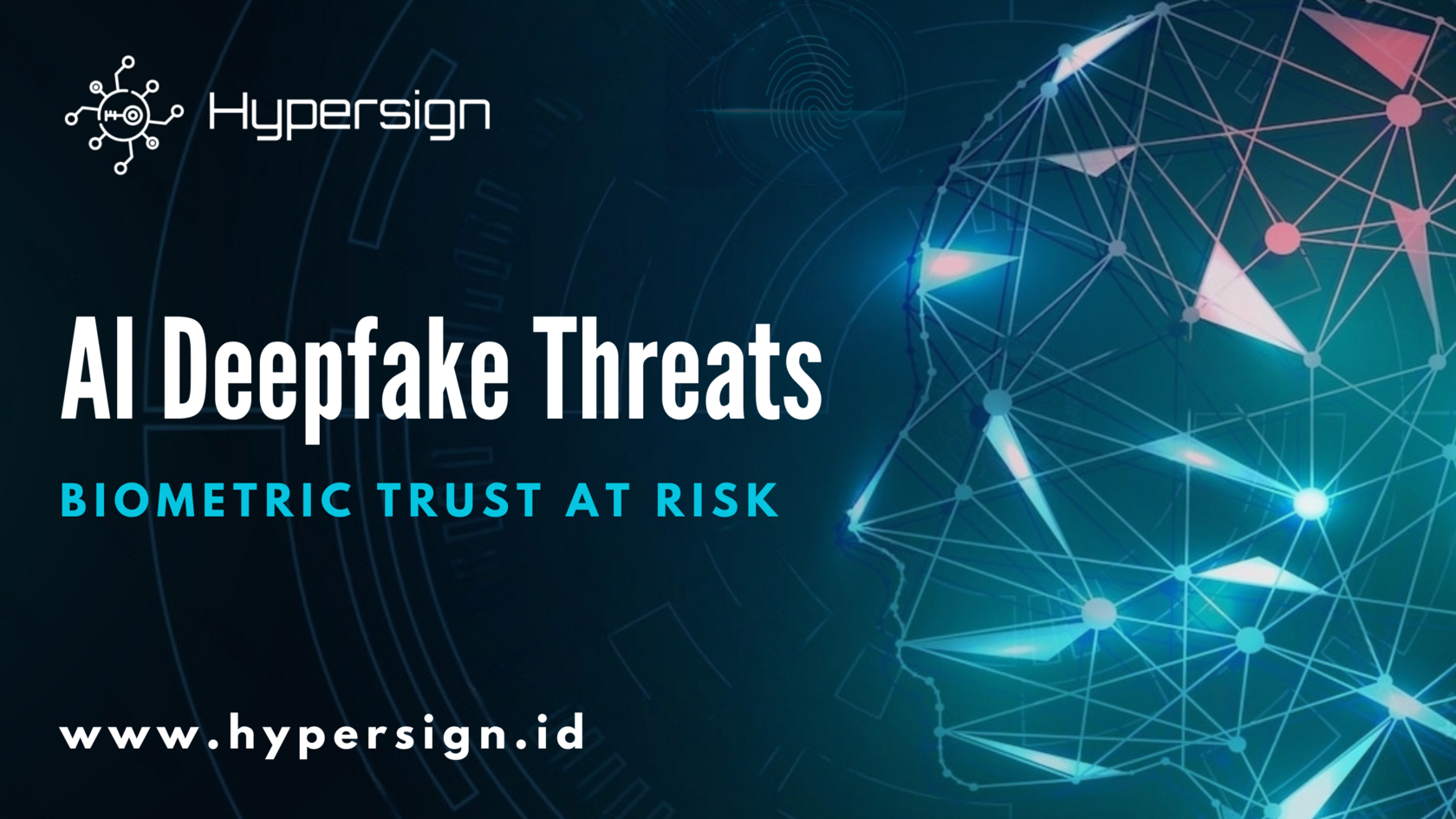As the technology powering artificial intelligence continues to evolve, a new threat emerges on the horizon of digital security: deepfakes. By 2026, Gartner analysts predict that AI-generated replicas, or deepfakes, will undermine the trust in biometric systems for 30% of organizations, posing significant challenges for identity verification and authentication processes.
The Rise of Deepfakes
Deepfakes are sophisticated digital forgeries that use machine learning algorithms to create a convincing fake image or video of a person. These AI-generated replicas are becoming increasingly realistic and easier to produce, heralding a potential crisis in the reliability of face-based biometric authentication solutions.
Akif Khan, a VP analyst at Gartner, highlights the escalating issue, noting that as these imitations become more advanced, traditional face authentication systems struggle to keep pace. The firm's research, unveiled in anticipation of the Gartner Security & Risk Management Summit in Dubai, underscores the growing sophistication of these threats.
Current Defenses and Their Limitations
Today, most biometric systems rely on presentation attack detection (PAD) to confirm the "liveness" of a person trying to authenticate. PAD technologies are designed to differentiate between a live face and non-live replicas like masks or videos. However, this becomes problematic as fraudsters shift from physical methods, such as presenting a mask to a scanner, to digital injection attacks. According to Mitek Systems, these attacks bypass physical scanners entirely, injecting fake images directly into the systems’ data streams, often through virtual cameras.
The alarming increase in digital injection attacks, which saw a 200% rise in 2023 alone, is outpacing the development of PAD technologies. According to Gartner’s findings, current standards and testing processes for PAD are ill-equipped to handle the new wave of AI-generated deepfakes.
The Impact on Organizations
The implications for organizations across various sectors are profound. For instance, in 2021, fraudsters in China exploited deepfake technology to circumvent government-run facial recognition systems, executing a tax fraud scheme that netted approximately $75 million USD. This incident exemplifies the potential financial risks associated with deepfake technology.
Moreover, the usage of biometric authentication is on the rise, with a GetApp survey revealing that 79% of companies utilized these methods in 2022, a significant increase from 27% in 2019. The growing reliance on biometric systems underscores the urgency for enhanced security measures against deepfakes.
Hypersign’s Role in Combating Deepfakes
Hypersign, an advanced privacy preserving KYC, Proof-of-Personhood, and ID verification system offers a robust solution to these emerging threats. Leveraging Self-Sovereign Identity (SSI) principles, Hypersign provides privacy-centric identity verification services that can significantly enhance the security of biometric systems.
- Advanced Privacy Preserving KYC and ID Verification:
Hypersign leverages cutting-edge technology to provide advanced privacy-centric KYC and ID verification. By incorporating multi-layered verification processes, including biometric and non-biometric checks, Hypersign ensures that identity verification is thorough and resilient against deepfake attacks.
- Self-Sovereign Identity Principles:
Hypersign’s adherence to Self-Sovereign Identity (SSI) principles allows users to have control over their personal data. This decentralized approach reduces the risk of data breaches and unauthorized access, making it harder for attackers to obtain the necessary data to create deepfakes.
- Privacy-Centric Solutions:
Hypersign prioritizes user privacy by implementing strong encryption and secure data handling practices. This ensures that sensitive information used in identity verification is protected from potential deepfake threats.
- Real-Time Detection and Verification:
Hypersign’s system can incorporate real-time detection mechanisms to identify and mitigate deepfake attempts promptly. By continuously updating and improving its detection algorithms, Hypersign stays ahead of emerging threats in the biometric authentication landscape.
Recommendations for Organizations
To combat these threats, organizations must proactively adjust their security strategies. Gartner advises companies to define a minimum baseline of controls and collaborate with vendors that are actively developing solutions against deepfake-related risks. This includes investing in technologies that can detect and mitigate injection attacks (IAD) coupled with advanced image inspection techniques.
The Future of Biometric Security
As the digital landscape continues to evolve, the arms race between security professionals and cybercriminals will intensify. The advent of deepfakes represents a significant pivot in cyber threats, challenging existing security paradigms and pushing for rapid advancements in technology and strategy.
Organizations must stay ahead of these developments, continually updating and fortifying their security systems against an ever-evolving array of cyber threats. The integrity of biometric authentication systems hangs in the balance, prompting a critical reassessment of how security is implemented in the age of artificial intelligence.
By integrating advanced solutions like Hypersign, organizations can enhance their security posture, ensuring robust protection against the growing threat of deepfakes and safeguarding the trust and integrity of their biometric authentication systems. Take the first step towards a more secure future—book a demo with Hypersign today and elevate your organization's data security standards.
About Hypersign
Hypersign is an innovative, permissionless blockchain network designed to manage digital identities and access rights. Leveraging the principles of Self-Sovereign Identity (SSI), it empowers users to control their personal data securely and access the internet seamlessly. Hypersign provides a scalable, interoperable, and secure verifiable data registry (VDR) that enables various use cases based on SSI. Built using the Cosmos-SDK, the Hypersign Identity Network is recognized by W3C (World Wide Web Consortium), promoting a seamless and secure identity management experience on the Internet.
Hypersign offers a robust cross-chain DID infrastructure that ensures compliance with regulations like GDPR, DPDP, and LEA without compromising user privacy. The platform is significantly 5x faster and 50% cheaper than its competitors, supporting on-chain compliance, reusable KYC/KYT/KYB, Proof of Personhood, and secure architectures using SSI, non-custodial data vaults and multi-level encryption.
Currently live across multiple chains such as Nibiru, Dojima, Babylon, and Comdex, Hypersign is backed by prominent organizations like the Interchain Foundation and the Data Security Council of India. Hypersign enables efficient onboarding, risk mitigation, and seamless transaction management across various use cases in RWA, launchpads, onboarding tools, DeFi, Gaming and more. Check the demo.
Contact us today at contact@hypersign.id to explore how we can tailor our solutions to your security needs. Together, we can build a safer digital ecosystem for your customers.



















